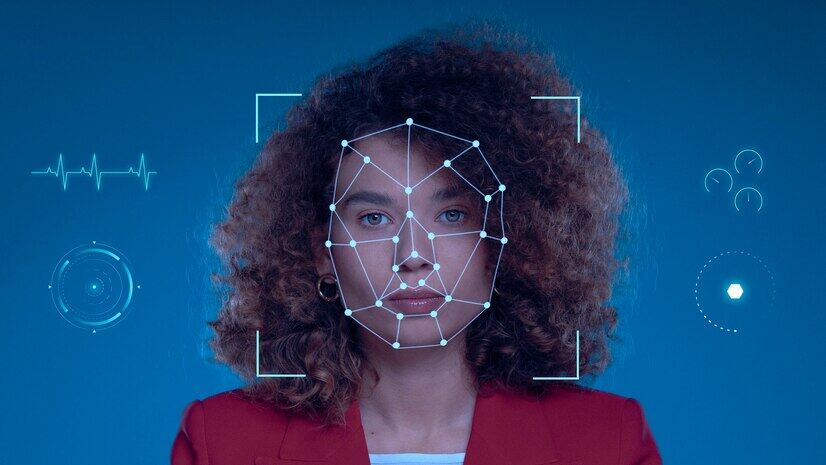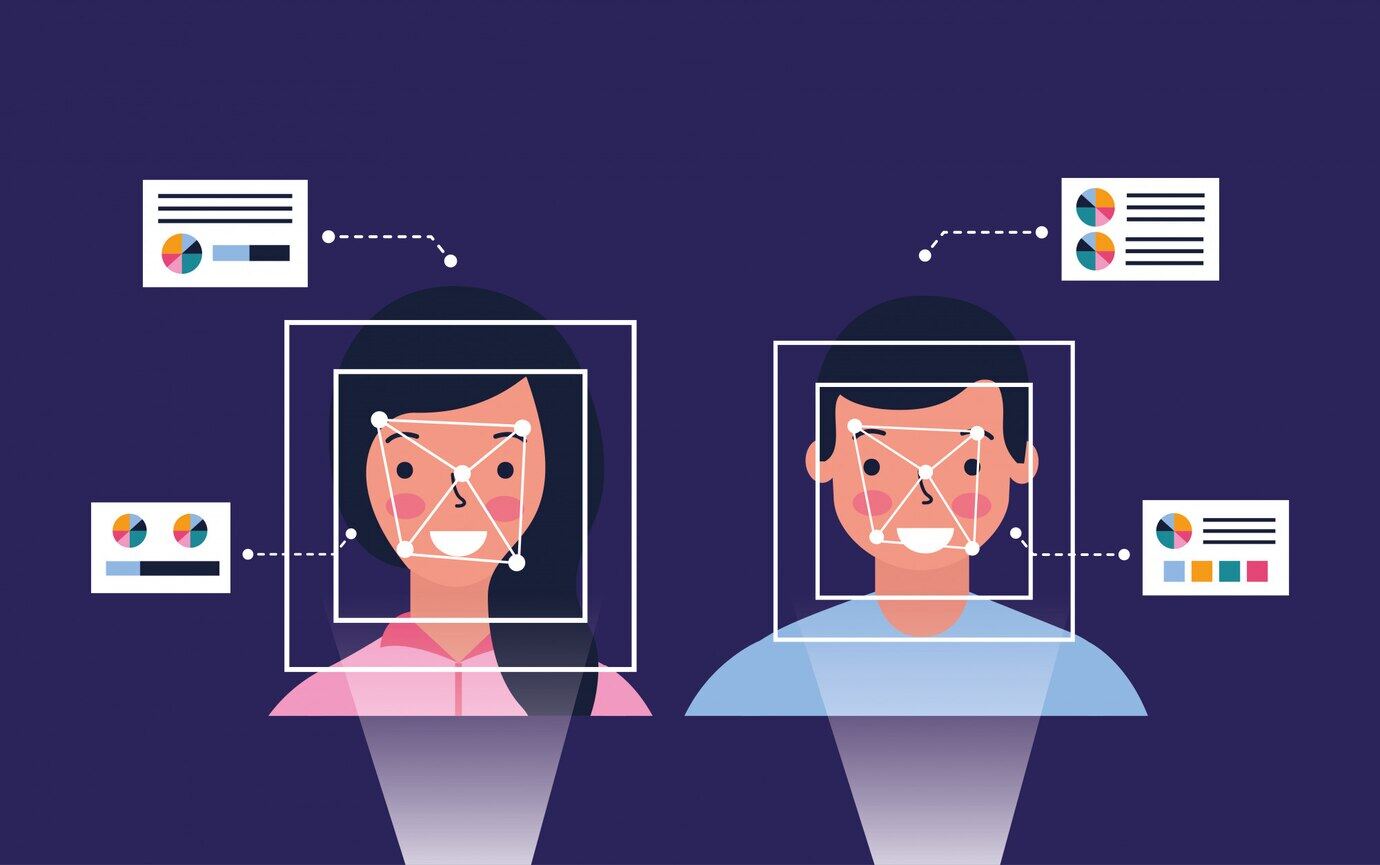Email cannot be empty
Password cannot be empty
Email format error
Email cannot be empty
Email already exists
6-20 characters(letters plus numbers only)
The password is inconsistent
Email format error
Email cannot be empty
Email does not exist
6-20 characters(letters plus numbers only)
The password is inconsistent


Face recognition technology has become increasingly prevalent in our daily lives, from unlocking our smartphones to enhancing security systems. Building a face recognition system can be a challenging yet rewarding project, especially for those with a passion for computer vision and machine learning. In this engaging blog post, we will explore the steps to create your own face recognition system, touching on various aspects of knowledge and providing a comprehensive understanding of the process.
Face recognition is a biometric identification method used to verify or identify a person from a digital image or video frame. It operates on the principle of mapping facial features mathematically and comparing them against a database to find matches.
Before diving into coding, you need to set up your development environment.
The success of a face recognition system heavily depends on the quality and diversity of the dataset.
You can use public datasets like Labeled Faces in the Wild (LFW) or create your own dataset with diverse images.
The core of your face recognition system is the machine learning model.
Deep learning models, particularly convolutional neural networks (CNNs), are effective for image recognition tasks.
Once your model is trained and evaluated, it's time to integrate it into a functional system.
It's crucial to address ethical concerns and privacy issues when building a face recognition system.
Building a face recognition system is a multifaceted process that requires careful planning, execution, and consideration of ethical implications. By following the steps outlined in this guide, you can create a robust and effective system that enhances security and convenience while respecting user privacy.
The field of face recognition is rapidly evolving, and with it, the potential applications are vast. Whether for personal projects or professional use, understanding the fundamentals of building a face recognition system can open up a world of possibilities.